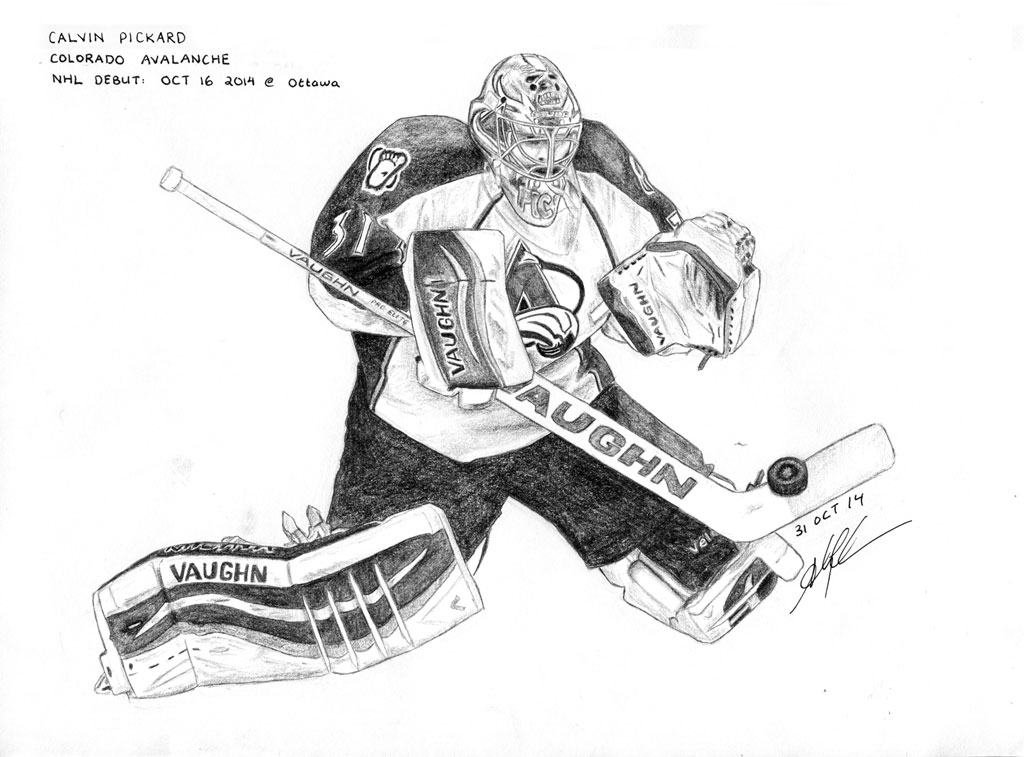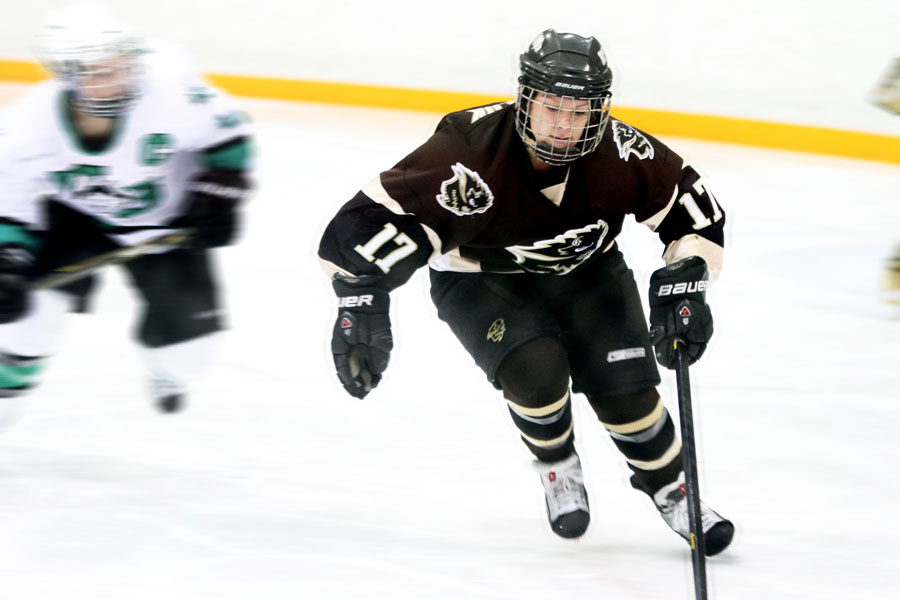Goaltending is perhaps the most elaborate position in the NHL with players, coaches, and the crowd hanging upon every save. As if it isn’t a hard enough task, the NHL is attempting to make the job more difficult. Last week, the NHL announced that goalie equipment will shrink even further by next season in an effort to increase scoring.
The two main pieces of goalie equipment that are slated to change are the chest protector and the goal pants. There has been no announcement on which components on either piece of equipment specifically will be subject to change, according to the NHL.
The rationale behind slimming down chest protectors and goal pants is that the average size of the goaltender will cover less of the net. However, based on that premise, the NHL may be giving all goaltenders a greater advantage on every save.
It is quite possible that the league is just wasting their time in altering an element of the game which appears to be the barricade in increasing scoring. Despite the increasing size of the average NHL goaltender, those in the modern NHL do not rely on size to make saves as much as they used to.
If size really mattered in goaltending, then Tampa’s Ben Bishop, Vancouver’s Jacob Markstrom and Arizona’s Anders Lindback – all standing at or above six-foot-six – should be producing some the best numbers of the NHL. That could not be any further from the truth.
Downsizing equipment isn’t fair to the goaltenders
If the NHL wanted to increase scoring, their apparent solution is to have the goalies cover less of the net. It may be the most obvious and easy resolution, but constant focus on altering the equipment of players from one position is just not fair to goaltenders. Since the NHL first downsized pads in 2005 and then again in 2013, there has been no end to the debate of whether goaltender equipment is too big.
On an average day in the NHL, there are hundreds of players who could score a goal while there are a maximum of 30 goalies who can start a game. Based on numbers, there is little justification to the NHL focusing on making changes to the 30 goalies who start a game over the number of players who can score.
In addition to goalie equipment changes, the NHL may want to start focusing on a possibility such as loosening the regulations on sticks. Only then would attempts to increase scoring be focused on all playing positions, rather than just scoping out the goaltending position.
Changes to goal pants will mean fewer rebounds
Research and development for the NHL’s top suppliers of goalie gear (Vaughn, CCM, Bauer) tends to focus on ways to make equipment lighter. The less weight that goalies are carrying, the faster they will be able to hit the ice to face a shot.
Furthermore, the modern way of goaltending in the NHL relies heavily on a butterfly which allows a goalie to eliminate as many rebounds as possible. The slimming down of the goal pants will allow the goaltender to not only hit the ice faster but to do so in a position where they can absorb more pucks to their body rather than being forced to give up a rebound.
Changes to chest protectors increases importance in the glove and blocker
The slimming down of the chest protector will cause problems for goaltenders, especially in covering the sixth and seventh holes. However, just as the downsizing in goal pants will allow goalies to react faster to the ice, the same change on chest protectors will allow goalies to react faster to high shots.
It especially serves as an advantage to those goaltenders with a weaker glove hand. The modern chest protector is boxy at the arm regions, causing some hindrance in glove and blocker moments. Now, should those areas of the chest protector be more contoured to the arms, glove motility is less restricted.
In the modern butterfly technique, goalies prefer to knock pucks aside using their shoulder instead of the blocker. There will be a greater emphasis on the blocker and glove if the chest protector is downsized around the shoulders. This will lessen net coverage around the high shoulders, but is compensated by allowing goalies to achieve a faster reaction in going for a high blocker or glove save.
A combination of slimmer chest protector and goal pants will also allow goaltenders to be more flexible and fluid in motility. Thus, the NHL might be seeing acrobatic saves make a comeback with goalies having smaller equipment to maneuver around in.
History suggests it’s a quick fix
Taking into consideration the alternations ahead of the 2005-06 season, the NHL achieved their ultimate goal of increasing scoring with the downsizing of goalie gear, along with increasing penalties and changing the boundaries of the ice.
That season, the NHL collectively achieved over three goals per game on average for the first time since 1995-96. However, goalies began to adjust to equipment change soon after and the average goals per game rate deceased again over the next five years.
It also has reflected in the NHL’s average save percentage. There was a decrease from 0.911 to 0.901 after the installment of slimmer pads in 2005. It has steadily increased since, from 0.901 in 2005 to a 0.915 over the past two seasons.
Thus, changes to goalie equipment will only serve as a temporary solution to increasing scoring for next season, if it is at all successful. The dynamics of modern goaltending suggests it won’t be. Do not be surprised if the average save percentage takes a dip for 2016-17, only to skyrocket back up again within the next few seasons after.
The impact on current and future goalies
Especially with the rigorous training schedules of current and prospect goaltenders, adjustment to any changes is a key attribute to the position. There is no doubt that any changes to equipment will especially be welcomed by the next generation of goaltenders, who will embrace the challenge in their developmental years and will have been well adjusted by the time they graduate from junior hockey.
The changes to size in goalies and their gear may actually not have any impact whatsoever. Speaking to In Goal Magazine, Winnipeg Jets prospect and current Manitoba Moose goalie Eric Comrie suggested that size is no longer relevant to the position and the best puck-trackers arise as the best goalies.
“We’re just starting to see goalies that track the best make it,” said Comrie. “They have better natural ability of skating, tracking down on pucks, seeing the puck better. It’s a combination of that stuff that gets you to the next level.”
Unless the NHL also decides to alter the boundaries on the ice, scoring might be increased for just one season before goaltenders begin to modifying their game to adapt to their equipment. Otherwise, with the current progression in slimming down goal equipment, the NHL may just be inadvertently helping goalies.




